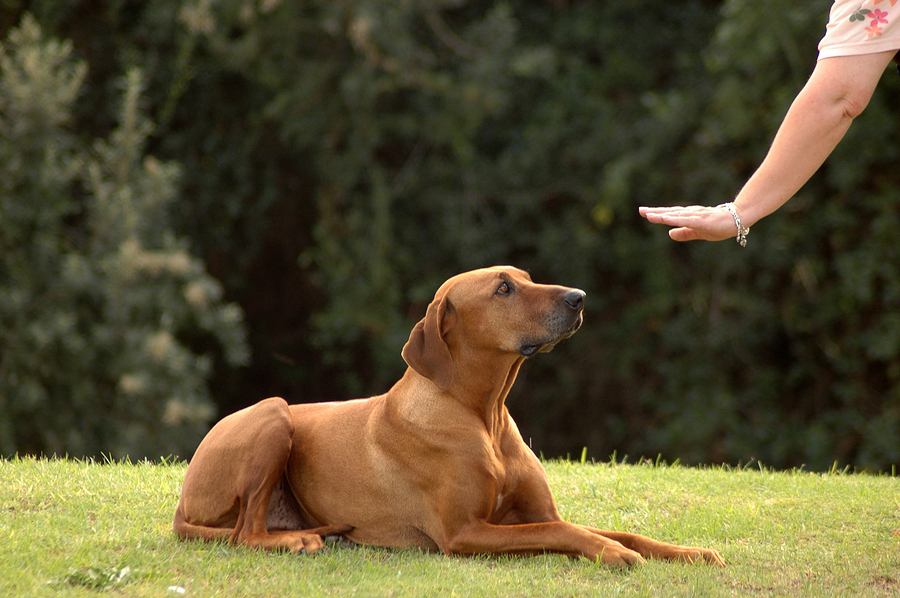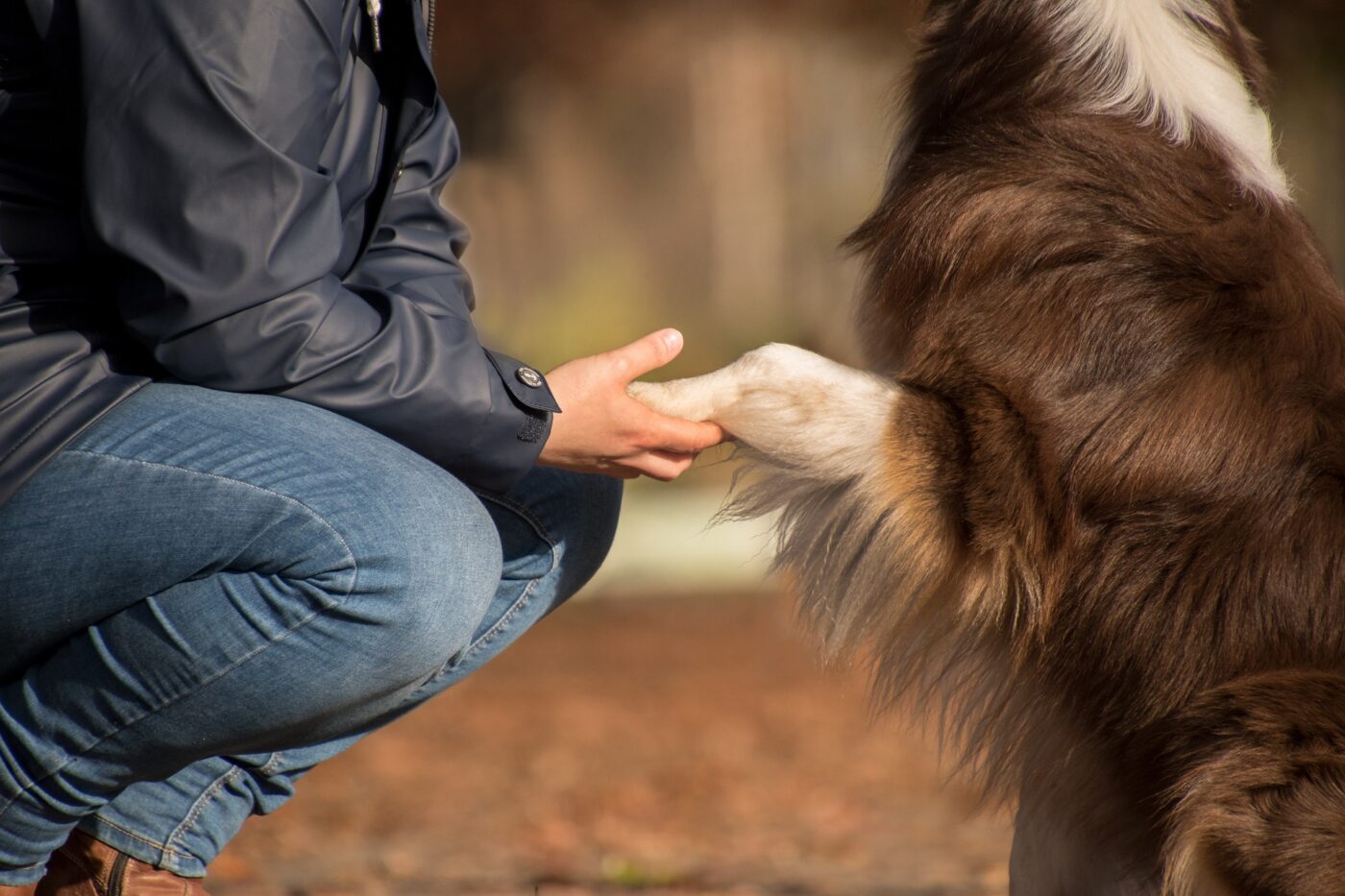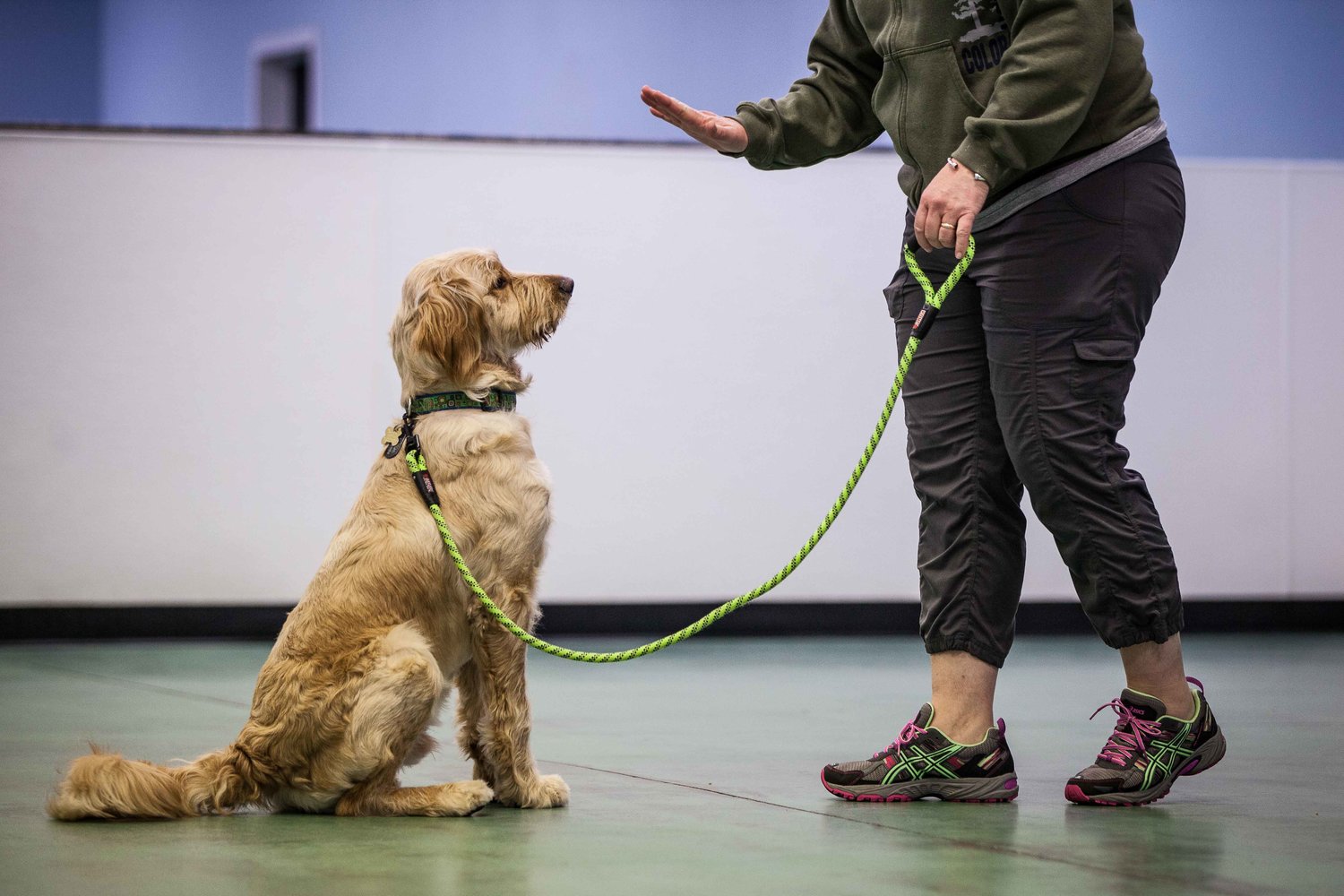Transform Your Pet's Behavior With Proven Training Techniques
Transforming your canine's actions calls for a nuanced understanding of their specific attributes and requirements, as well as the application of proven training approaches. Uniformity in your training approach not only boosts obedience however likewise promotes a deeper bond of count on and respect in between you and your animal.

Comprehending Dog Actions
Understanding pet habits is vital for efficient training and communication in between people and their canine buddies. Dogs, as social animals, show a range of habits influenced by genetics, atmosphere, and experiences. Acknowledging these actions assists proprietors tailor their training approaches to fulfill the details needs of their canines.
Trick elements of pet dog habits consist of body language, articulations, and social interactions. A wagging tail typically shows excitement, while a reduced head might signify entry or concern. Understanding these signals can help proprietors analyze their canine's mood and respond suitably. Furthermore, socializing plays a vital role in shaping actions; pet dogs that interact positively with numerous people and other animals are normally extra versatile and well-adjusted.
In addition, recognizing stress and anxiety signals-- such as pacing, panting, or avoidance actions-- can avoid escalation right into a lot more significant concerns. Proprietors that are attuned to their dog's habits can produce a nurturing and safe environment, promoting count on and improving the training procedure. Ultimately, a deep understanding of canine habits lays the foundation for a harmonious partnership and reliable training outcomes, making sure both pets and their proprietors thrive together.
Positive Reinforcement Strategies
Positive support techniques are widely recognized as one of one of the most effective methods for training pet dogs, cultivating a positive learning setting. This method entails satisfying desired behaviors with treats, appreciation, or play, thereby motivating the pet dog to duplicate those habits (Dog training). Unlike corrective techniques, favorable support develops trust fund and strengthens the bond in between the dog and the trainer
To implement favorable support properly, timing is important. Benefits ought to be provided quickly complying with the desired habits to assist the pet dog make the link. Uniformity is likewise vital; using the same commands and benefits assists the dog understand what is expected. Furthermore, differing the rewards can maintain the pet engaged. Alternating in between treats, playthings, and verbal praise can preserve rate of interest and inspiration.
It is vital to keep in mind that positive support is not about bribery; instead, it is about enhancing great actions. With time, as the pet dog learns to associate certain actions with favorable outcomes, the regularity of incentives can be slowly lowered, transitioning to verbal appreciation or intermittent incentives. This technique not only encourages obedience yet also promotes a happy and confident pet dog, making training a much more satisfying experience for both celebrations involved.
Attending To Usual Problems
Addressing typical problems during dog training is vital for ensuring a unified and effective partnership between the dog and its owner. Lots of canine proprietors encounter behavior difficulties, such as excessive barking, leaping, and leash pulling. Recognizing the origin of these behaviors is important for efficient training.
To minimize this, offer adequate physical exercise, mental excitement, and chances for social communication with both human beings and other canines. Training the pet dog to sit upon greeting can redirect this behavior positively.
Leash pulling is another widespread concern, often resulting from a canine's enthusiasm to explore. Using appropriate leash managing methods, combined with training methods that urge loose-leash walking, can significantly enhance this behavior.
Furthermore, problems like resource securing or splitting up anxiety call for customized techniques. Gradual desensitization and counter-conditioning can be efficient in resolving these challenges. By identifying and proactively handling these common problems, pet owners can promote an extra delightful training experience and reinforce the bond with their canine friends.
Consistency in Training
Uniformity is browse this site a keystone of reliable dog training, as it establishes a clear framework for the dog to recognize habits and expectations. When benefits, hints, and commands are used uniformly, canines can quicker understand what is called for of them. Irregular training can lead to confusion, resulting in undesirable actions that annoy both the trainer and the dog.
To attain consistency, it is crucial that all participants of the family comply with the exact same training techniques. Using the same spoken cues and hand signals guarantees that the dog gets uniform messages. In addition, the timing of modifications and incentives ought to be constant; instant support boosts the likelihood that the canine will connect the habits with the outcome.
Routine practice sessions, combined with structured routines for feeding, strolling, and play, assistance dogs anticipate and recognize their atmosphere, making them a lot more receptive to training. Inevitably, uniformity cultivates a sense of protection and count on, empowering dogs to learn much more efficiently.
Structure a Solid Bond
Just how can cultivating a solid bond between a pet and its proprietor improve the training experience? When a pet dog really feels protected in its link with its owner, it is extra likely to exhibit positive behaviors and be responsive to discovering.

Furthermore, a reputable connection can lower anxiety and behavior concerns, as pet dogs are less most likely to act out when they really feel comprehended and taken care of. Focusing on the development of a solid bond not just enhances the training experience yet likewise contributes to a better and much more well-adjusted pet dog. Ultimately, the journey of training changes into a collaborative collaboration, causing lasting behavior improvements.
Verdict

Owners who are attuned to their dog's behavior can create a safe and nurturing setting, promoting trust and improving the training process. Eventually, a deep understanding of canine habits lays the structure for an unified connection and effective training outcomes, guaranteeing both canines and their proprietors grow with each other.
Attending to typical issues during pet dog training is essential for making sure a harmonious and effective partnership in between the canine and its owner (Dog training).Consistency is a foundation of efficient dog training, as it develops a clear structure for the pet to recognize assumptions and behaviors.In verdict, transforming a pet's habits with proven training methods needs an understanding of canine habits, the application of positive reinforcement methods, and a focus on uniformity